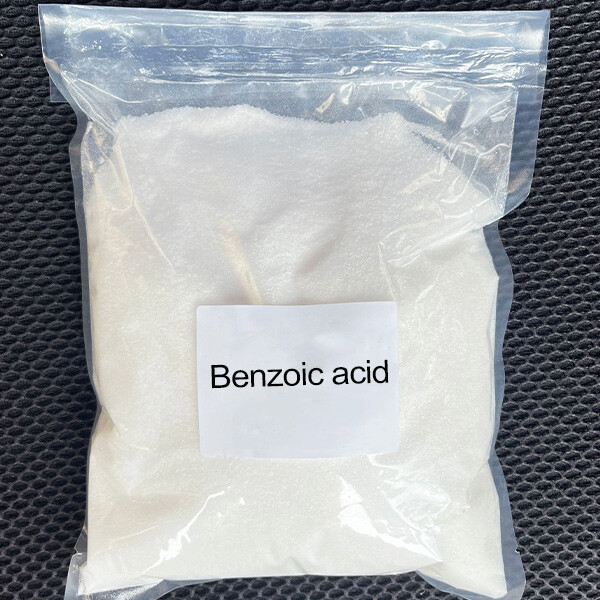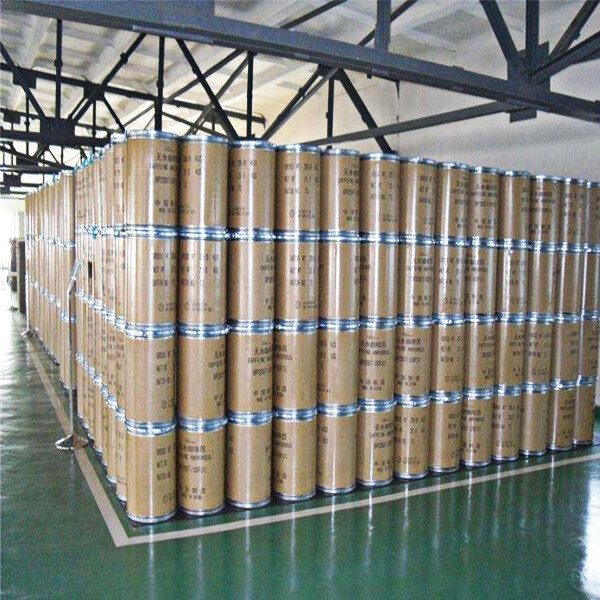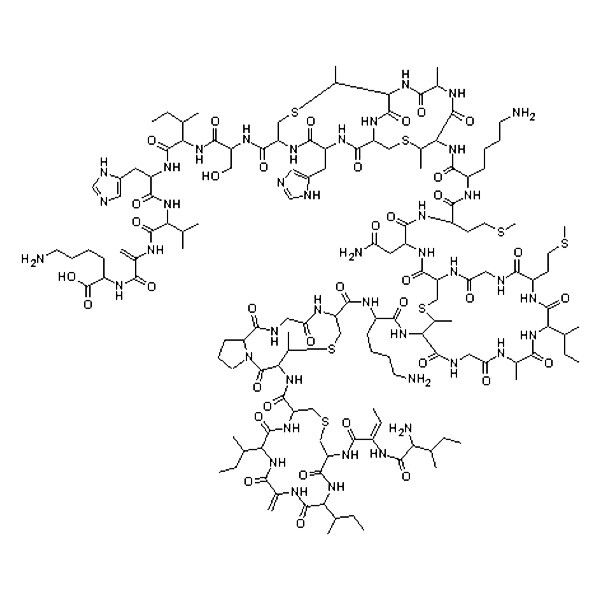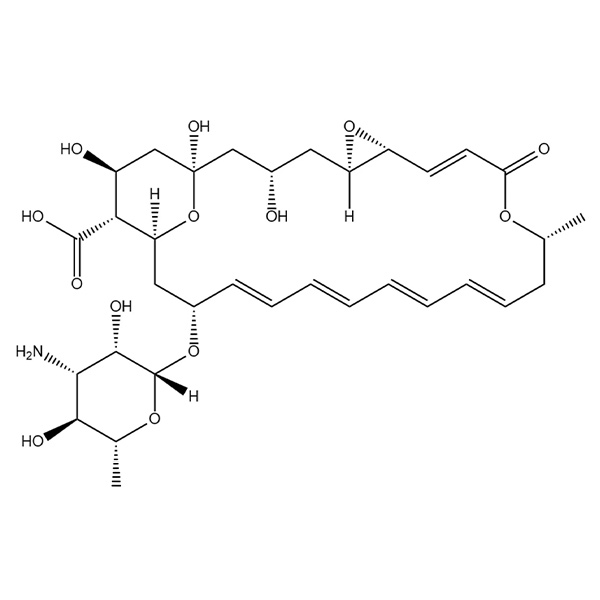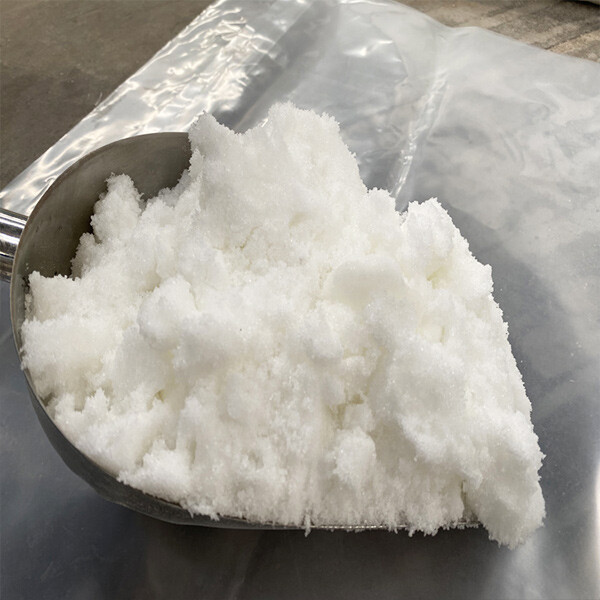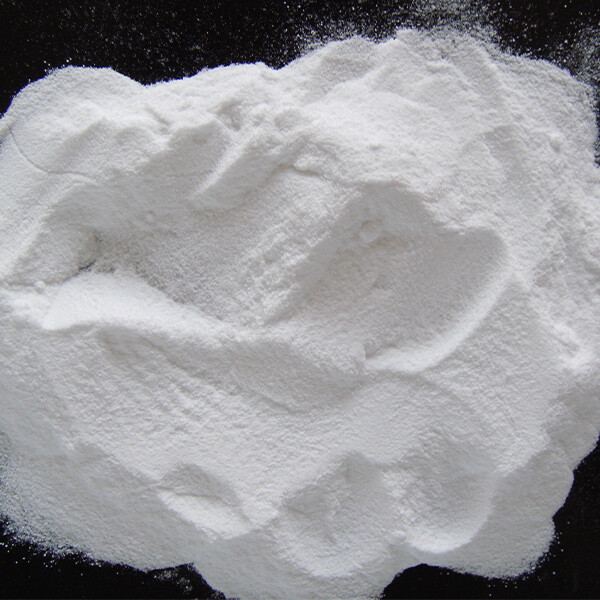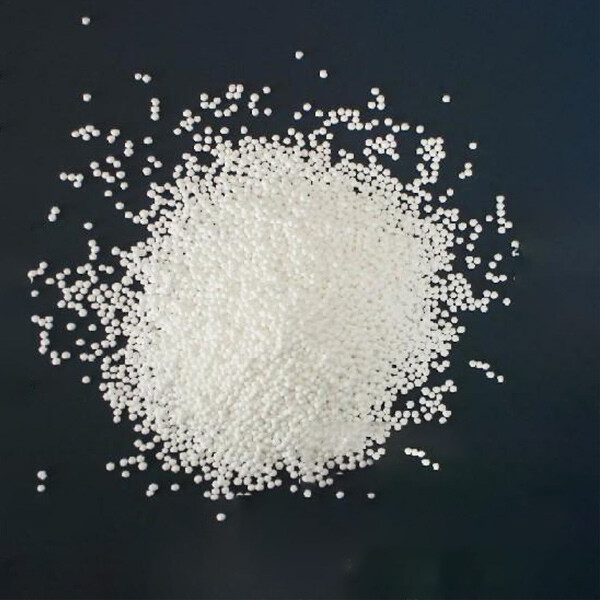
PRODUCTS
PRODUCTS
Product Details
PRODUCT DESCRIPTION
Benzoic acid is an aromatic acid organic compound and the simplest aromatic acid. Its chemical formula is C7H6O2. It was originally made from benzoin gum, so it is called benzoic acid. Melting point 122.13 ℃, boiling point 249.2 ℃, relative density (15/4 ℃) 1.2659. It appears as white needle-shaped or flaky crystals. It sublimates above 100 ℃. It is slightly soluble in cold water and hexane, and soluble in hot water, ethanol, ether, chloroform, benzene, carbon disulfide and turpentine.
Benzoic acid is widely present in nature in the form of free acid, ester or its derivatives. It is mainly used to prepare sodium benzoate preservatives, and is used in the synthesis of drugs and dyes. It is also used to make plasticizers, mordants, fungicides and fragrances. It can be prepared by direct oxidation of toluene in the presence of manganese dioxide, or by decarboxylation of phthalic anhydride with water vapor.
PRODUCT USAGE
Industry
(1) Production of phenol
Benzoic acid can be used to produce phenol by liquid phase oxidation.
(2) Production of terephthalic acid
Terephthalic acid is one of the raw materials for synthetic fiber polyester. Potassium benzoate undergoes a disproportionation reaction to produce potassium terephthalate and benzene. The reaction mixture is treated with acid to obtain terephthalic acid, and the by-product potassium salt can be recycled.
(3) Production of caprolactam
Caprolactam is a raw material for the production of nylon. It is generally produced from phenol and cyclohexane, and can also be produced from benzoic acid.
(4) Chemical intermediates
Benzoic acid can be used as an intermediate in the production of benzoic acid esters and phthalic acid esters. Benzoic acid esters and phthalic acid esters are important plasticizers.
(5) Plasticizers
Benzoic acid reacts with diethylene glycol, triethylene glycol, and dipropylene glycol to form important and common resin plasticizers diethylene glycol dibenzoate (DEDB), triethylene glycol dibenzoate (TEDB), and dipropylene glycol dibenzoate (DPGDB), which are widely used in the production of resins, coatings, and adhesives.
(6) Corrosion inhibitors
Sodium benzoate has a corrosion inhibitory effect. For example, adding sodium benzoate to the cooling water of a car cooling system (sodium benzoate concentration of 1.5%) can prevent the cooling system from rusting and corroding.
(7) Coatings
Benzoic acid can also be used to improve the gloss, viscosity, strength, and chemical resistance of various alkyd resin coatings.
(8) Dye carriers
Benzoic acid and butyl benzoate are widely used in polyester fiber dyeing. When dyeing hydrophobic polyester fibers, they can be used as dye carriers.
Food and medicine
(1) Preservatives
Benzoic acid and sodium benzoate have bactericidal and antibacterial effects, and are low in toxicity and odorless, so they are widely used as preservatives.
(2) Drugs
Benzoic acid, sodium benzoate, benzyl benzoate, etc. can be used to make various drugs to treat arthritis, abscesses, bronchitis, skin diseases, etc., and can also be used as local anesthetics.
(3) Fixatives
Benzoic acid can be used as a fixative for fruit juice drinks. It can be used as a paste incense and in aromatherapy essences. It can also be used in edible flavors such as chocolate, lemon, orange, berry, nut, and candied fruit.
Online Consultation
Related Suggestion
Get in Touch
*We respect your confidentiality and all information are protected.
